Piracetam 800mg Pracetam Stella 6 blisters x 15 tablets To improve memory and brain function
$54.99
Discount per Quantity
| Quantity | 2 | 3 - 6 | 7 - 12 | 13 + |
|---|---|---|---|---|
| Discount | 10% | 15% | 20% | 25% |
| Price | $49.49 | $46.74 | $43.99 | $41.24 |

Overview Information
Piracetam is a chemical that is made in a lab. In some countries in Europe it is used as a drug to improve memory and brain function. In the United States, some manufacturers sell piracetam as a dietary supplement.
Piracetam is most commonly used for breath-holding attacks, seizure disorder (epilepsy), dizziness (vertigo), a learning disorder marked by difficulty reading (dyslexia), and a movement disorder often caused by antipsychotic drugs (tardive dyskinesia). It is also used for dementia, schizophrenia, sickle cell disease, and many other conditions, but there is no good scientific evidence to support many of these uses.
How does it work?
Piracetam is a chemical that is thought to help cells in the brain and blood vessels to function better. During aging and in some kinds of diseases, the membrane that surrounds cells starts to get stiff. Cells with a stiff membrane do not function as well. Some scientists think that piracetam helps maintain the membrane that surrounds cells so that they continue to function well.
Dosage and Administration:
– The usual dose is 30 – 160 mg / kg / day, divided equally 2 times or 3-4 times / day.
– Long-term treatment of psycho-physical syndromes in the elderly: 1.2 – 2.4 g / day. The dose can be as high as 4.8 g / day / first weeks.
– Treatment of alcoholism: 12 g / day / first time of alcohol withdrawal. Maintenance treatment: oral dose of 2.4 g / day.
– Cognitive impairment after brain injury: Initial dose: 9-12 g / day, maintenance dose: 2.4 g / day, drink at least for 3 weeks.
Sickle cell anemia: 160 mg / kg / day, divided equally into 4 times.
– Treatment of muscle tremors: 7.2 g / day, divided into 2-3 times. Depending on the response every 3-4 days / time, increase by 4.8 g / day up to a maximum dose of 20 g / day.
How to use:
Adults: 800 mg starting dose three times daily.
In the case of an improvement of 400 mg, three times a day.
Only logged in customers who have purchased this product may leave a review.
Related products
HOT PRODUCTS
HOT PRODUCTS
CODEINE/TRAMADOL
CODEINE/TRAMADOL
CODEINE/TRAMADOL
BEST SELLER
HOT PRODUCTS

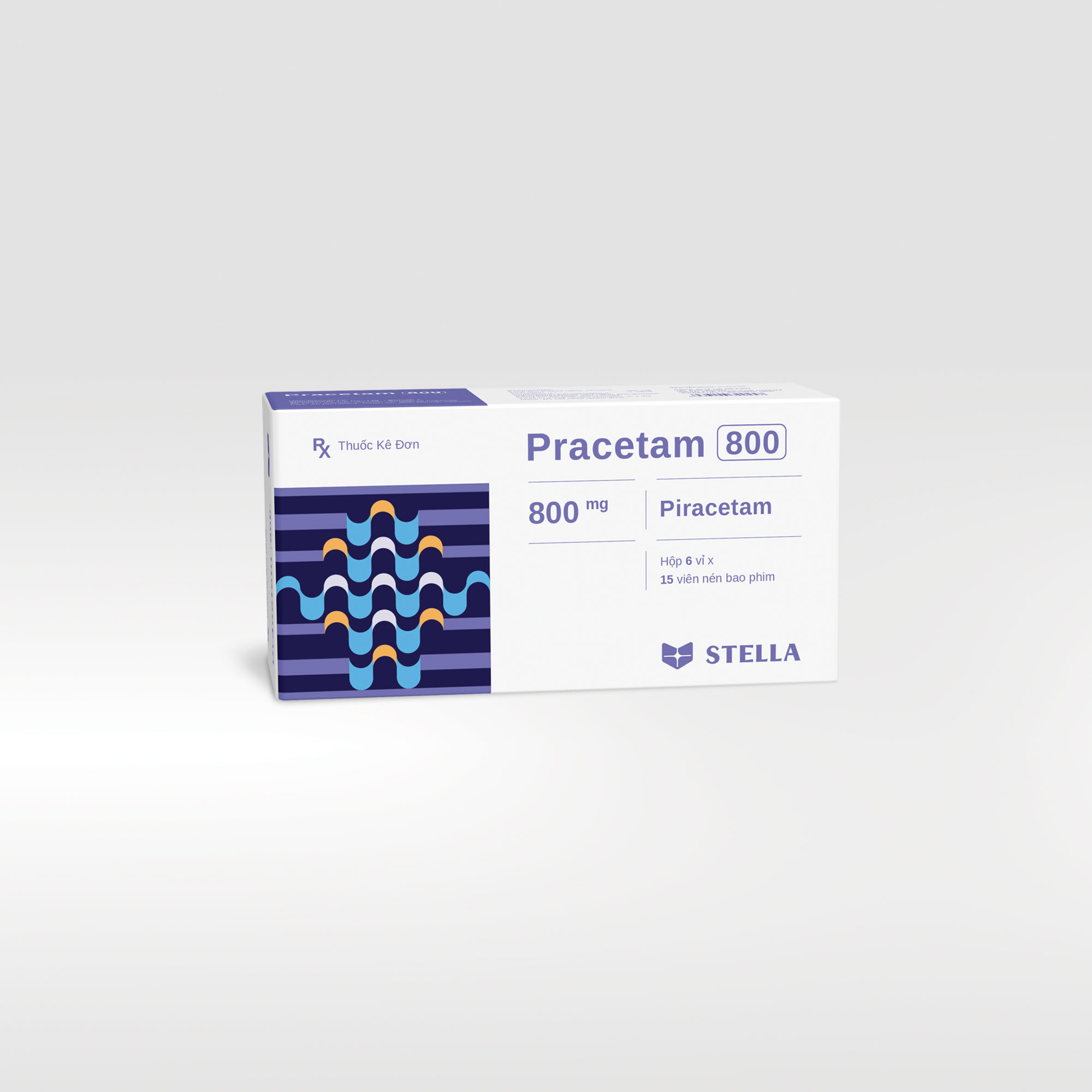
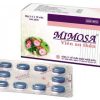
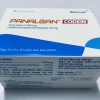
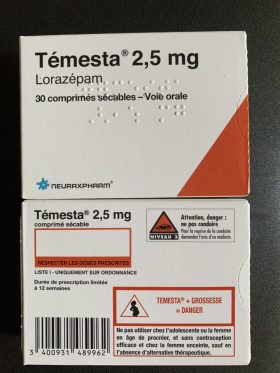


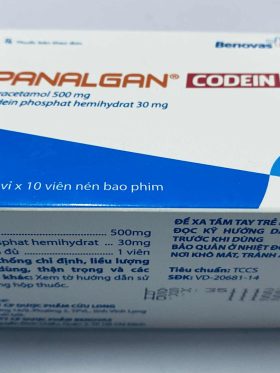
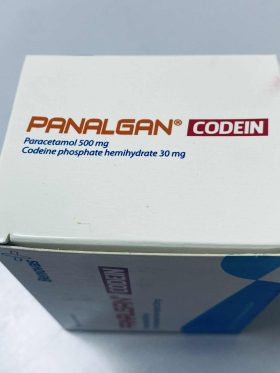
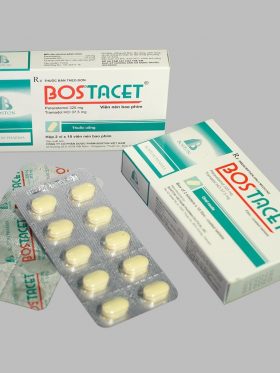

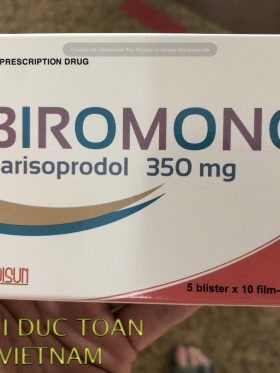

Reviews
There are no reviews yet.